Why do pepper leaves turn blue and what to do in this case?
Pepper is a rather unpretentious plant, and therefore enjoys considerable popularity in almost any region of the country. However, like any other crop, peppers in the open field and in the greenhouse can get sick. Often, gardeners are faced with the fact that the leaves of peppers turn purple, darken and curl up into a tube. We will tell you about the causes of this problem and options for solving it.
Causes of leaf color change
In most cases, the unnatural color in the leaves, and sometimes in the stems, appears due to a lack of phosphorus, as well as due to too low daily temperatures. Therefore, the leaves turn purple, and sometimes even turn blue, most often in bushes planted in open ground. However, even in a greenhouse, peppers are not immune from this problem.
If we consider the reasons in more detail, then the leaves change color in cases where:
- the air temperature is too low;
- the soil temperature is lower than it should be;
- the plant lacks phosphorus;
- the soil in which the pepper grows is not suitable in composition for growing this crop;
- the soil where the bushes grow is depleted;
- the plant does not receive enough moisture.
That is why it is necessary in advance, even before planting seedlings, to prepare all the necessary conditions for future bushes - to make sure that you can maintain the right temperatures, that the peppers will have enough nutrients for normal growth.
Inexperienced gardeners who first encountered this problem should take note:
- If all the leaves of the bush began to change the color, most likely the matter is in an unfavorable temperature.
- If the lower leaves become lethargic and purple, as well as the stem of the bush, then most likely the plant lacks nutrients - you need to feed it.
Ways to restore bushes
If the pepper leaves are purple, you should not ignore this problem, considering it insignificant. After all, this means that the bushes lack the elements they need for normal growth, or they are not able to assimilate them due to unfavorable environmental conditions. Changes in the color of the leaves will be followed by other problems - they will curl up into a tube, fade, and then the plant will wither or degrade altogether.
Next, consider what to do if the leaves of the peppers change their color.
Temperature regime
If the bushes turn purple due to the cold, you should:
- Increase the air temperature in the greenhouse, especially if the night temperatures are too low. For this, additional layers of film must be placed at a distance of 5-7 centimeters from its walls. This creates an air cushion that protects the plants from the cold night air. The main thing is not to forget to ventilate the greenhouse well during the daytime in order to lower the humidity of the air and prevent the formation of mold.
- Protect outdoor crops with an additional small greenhouse. It is a frame with a film that covers the bush at night. During the day, it must be removed so that the plant is well ventilated.
- Get busy mulching the soilto raise its temperature by 3-5 degrees. To do this, use any available organic or inorganic material.
As the temperature rises, it is important to ensure that it does not rise above 25 degrees, otherwise the bushes will be too hot and they will wither.
Lack of phosphorus
If pepper leaves change color due to lack of phosphorus or soil "fatigue", top dressing should be applied:
- Root. A glass of superphosphate is diluted with boiling water and left to infuse for 10-12 hours. Then it is diluted with a bucket of water and peppers are poured over - a liter for each.
- Foliar. Poured into a spray bottle with a 0.5% solution of phosphorus, they spray the bushes.
Thus, a change in the color of the leaves of the pepper is one of the signs that the bushes lack phosphorus or they cannot absorb it due to exposure to too low a temperature.
To avoid such a problem, fertilizers should be applied to the soil even before planting seedlings in it, and also to control the temperature regime - both in greenhouse conditions and when growing in open ground.
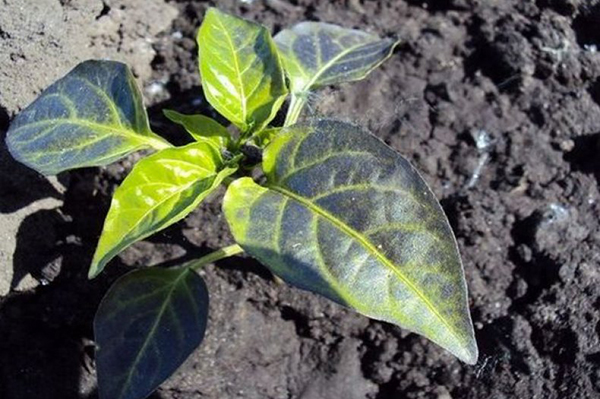
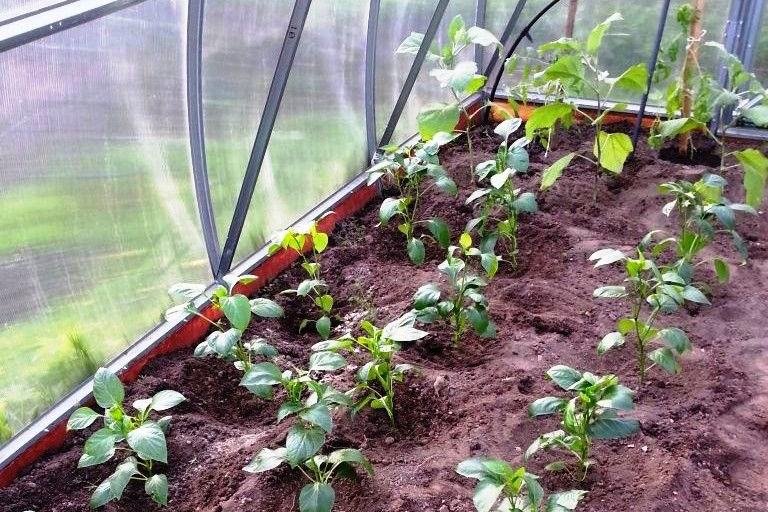
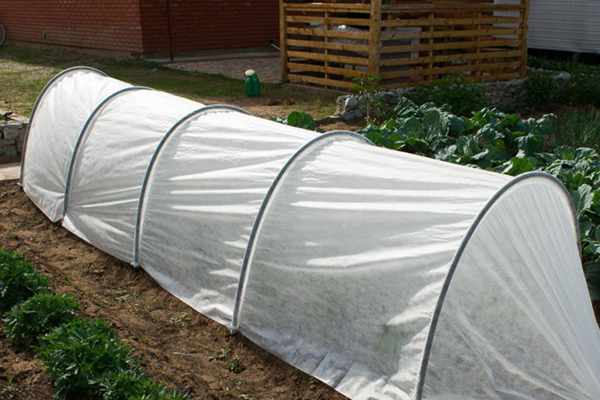
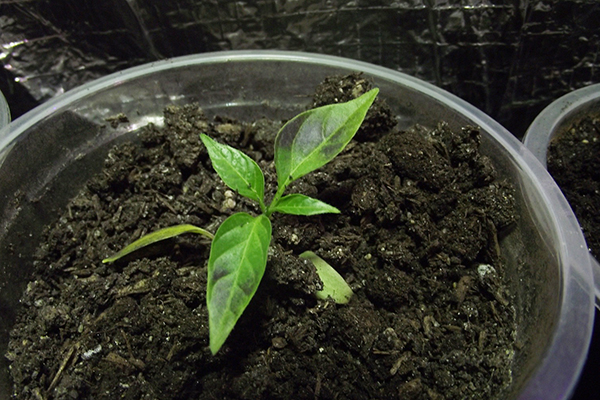

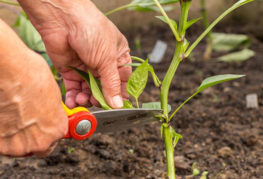
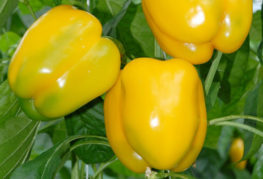
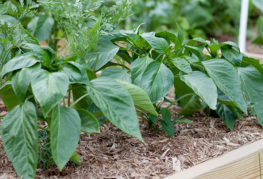
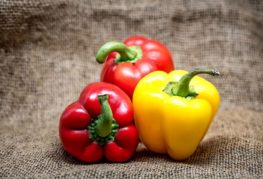
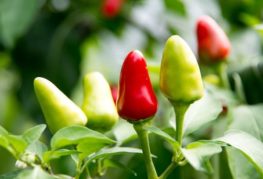
and will be published shortly.